Uses of Decimals
We will learn uses decimals in every day. In daily life we use decimals while dealing with length, weight, volume, money etc.
Use of Decimals while Dealing with Money:
Let us learn about some uses of decimal notation in money transactions.
We know that 100 paise = 1 rupee;
[We know that one paise in one hundredth of a rupee.]
1 paise = 1100 rupee = 0.01 rupee
5 paise = 5100 rupee = 0.05 rupee
9 paise = 9100 rupee = 0.09 rupee
21 paise = 21100 rupee = 0.21 rupee
75 paise = 75100 rupee = 0.75 rupee
Thus, 8 rupees 15 paise = 815100 = 8.15 rupees
Similarly,
10 rupees 5 paise = 105100 = 10.05 rupees
10 rupees 45 paise = 10 rupees + 45 paise = ₹ 10 + ₹ 0.45 = 10.05 rupees = ₹ 10.45
75 rupees 50 paise = 75 rupees + 50 paise = ₹ 75 + ₹ 0.50 = 75.50 rupees = ₹ 75.50
We read 6.45 rupees as six rupees 45 paise
16.25 rupees as sixteen rupees 25 paise
Use of Decimals while Dealing with Lengths:
Let us learn about some uses of decimal notation in measuring lengths.
We know that 10 mm = 1 cm
So, one millimeter is one tenth of a centimeter.
Therefore, 1 mm = 110 cm = 0.1 cm;
[One millimetre is one tenth of a centimetre.]
So, 1 mm = 0.1 cm;
Therefore, 4 mm = 4910 cm = 0.4 cm
9 mm = 910 cm = 0.9 cm
Thus, 4 cm 8 mm = 4810 cm = 4.8 cm
13 cm 6 mm = 13610 cm = 13.6 cm
9 cm 5 mm = 9 cm + 5 mm = 9 cm + 0.5 cm = 9.5 cm
We know that 100 cm = 1 m;
[One centimetre is one hundredth of a metre.]
1 cm = 1100 m = 0.01 m
Hence, 1 cm = 0.01 m
2 cm = 2100 m = 0.02 m
10 cm = 10100 m = 0.10 m or 0.1 m
40 cm = 40100 m = 0.40 m or 0.4 m
89 cm = 89100 m = 0.89 m
Thus, 4 m 56 cm = 456100 m = 4.56 m
18 m 8 cm = 188100 m = 18.08 m
Similarly, 42 m 35 cm = 42.35 m
68 m 75 cm = 68.75 m
We know that, 1000 m = 1 km
Therefore, 1 m = 11000 km = 0.001 m;
[One metre is one thousandth of a kilometre.]
So, 1 m = 0.001 m;
Therefore, 8 m = 81000 km = 0.008 km
18 m = 181000 km = 0.018 km
75 m = 751000 km = 0.075 km
356 m = 3561000 km = 0.356 km
528 m = 5281000 km = 0.528 km
Thus, 9 km 426 m = 94261000 km = 9.426 km
25 km 693 m = 256931000 km = 25.693 km
Similarly, 29 km 54 m = 29.054 km
12 km 75 m = 12.075 km
Use of Decimals while Dealing with Weights:
Let us learn about some uses of decimal notation in measuring weight.
We know that, 1000 g = 1 kg
1 g = 11000 kg = 0.001 kg;
[One gram is one thousandth of a kilogram.]
So, 5 g = 51000 kg = 0.005 kg
12 g = 121000 kg = 0.012 kg
49 g = 491000 kg = 0.049 kg
85 g = 851000 kg = 0.085 kg
365 g = 3651000 kg = 0.365 kg
Thus, 7 kg 118 g = 71181000 kg
= 7.118 kg
20 kg 48 g = 20481000 kg
= 20.048 kg
Similarly, 12 kg 450 g = 12.450 kg
62 kg 75 gm = 62.075 kg
Use of Decimals while Dealing with Volumes/Capacity:
We know that, 1000 ml = 1 l
1 ml = 11000 l = 0.001 l;
[One millilitre is one thousandth of a litre.]
So, 1 ml = 0.001 l
6 ml = 61000 l = 0.006 l
8 ml = 81000 l = 0.008 l
28 ml = 281000 l = 0.028 l
75 ml = 751000 l = 0.075 l
146 ml = 1461000 l = 0.146 l
Thus, 5 l 450 ml = 54501000 l
= 5.450 l
19 l 32 ml = 19321000 l
= 19.032 l
Similarly, 14 litres 355 ml = 14.355 litres
53 litres 56 ml = 53.056 litres, etc.
Questions and Answers on Uses of Decimals:
1. Write in decimals. (One has been done for you):
(i) 21 rupees 55 paise → 21.55 rupees
(ii) 250 rupees 5 paise → ....................
(iii) 3 cm 9 mm → ....................
(iv) 4 km 314 m → ....................
(v) 17 kg 50 g → ....................
(vi) 3 rupees 10 paise → ....................
(vii) 12 m 32 cm → ....................
(viii) 20 m 8 cm → ....................
(ix) 26 km 19 m → ....................
(x) 10 l 70 ml →....................
Answer:
1. (ii) 250.05 rupees
(iii) 3.9 cm
(iv) 4.314 km
(v) 17.05 kg
(vi) 3.10 rupees
(vii) 12.32 m
(viii) 20.08 m
(ix) 26.019 km
(x) 10.07 l
2. Express each of the following using decimal point:
(i) 9 m 80 cm
(ii) 5 kg 580 g
(iii) 25 kg 92 g
(iv) 12 km 40 m
(v) 9 kg 27 g
(vi) 16 cm 5 mm
(vii) 17 km 2 m
(viii) 5155 ml
(ix) 51308 ml
(x) 2718 ml
(xi) 5 paise
(xii) ₹ 20 and 75 paise
Answer:
2. (i) 9.80 m
(ii) 5.580 kg
(iii) 25.092 kg
(iv) 12.040 km
(v) 9.027 kg
(vi) 16.5 cm
(vii) 17.002 km
(viii) 5.155 litres
(ix) 51.308 litres
(x) 2.718 litres
(xi) 0.05 paise
(xii) ₹ 20.75
3. Express each of the following without decimal point:
(i) 8.5 cm
(ii) 4.55 km
(iii) 28.06 m
(iv) 62.009 kg
(v) 27.406 kg
(vi) 75.97 kg
(vii) 18.611 l
(viii) ₹ 0.5
(ix) 15.006 l
(x) ₹ 65.35
(xi) ₹ 9.76
(xii) 2.805 l
3. (i) 8 cm 5 mm
(ii) 4 km 55 m
(iii) 28 m 06 m
(iv) 62 kg 009 g
(v) 27 kg 406 g
(vi) 75 kg 97 kg
(vii) 18 l 61 ml
(viii) 5 paise
(ix) 15 l 006 ml
(x) 65 rupees 35 paise
(xi) 9 rupees 76 paise
(xii) 2 l 805 ml
From Uses of Decimals to HOME PAGE
Didn't find what you were looking for? Or want to know more information about Math Only Math. Use this Google Search to find what you need.
Recent Articles
-
Counting Numbers from 1 to 50 | Match the Number | Missing Numbers
Apr 04, 25 03:46 PM
In counting numbers from 1 to 50, recognize the numbers, count and then join the numbers in the correct number order. Here we mainly need eye-hand coordination to draw the picture and maintain the num -
Counting Eleven to Twenty with Numbers and Words |Numbers from 11 - 20
Apr 04, 25 03:21 PM
Counting eleven to twenty with numbers and words are explained below. One ten and one more is eleven. Eleven comes after ten. One ten and two more is twelve. Twelve comes after eleven. -
5th Grade BODMAS Rule Worksheet | PEMDAS | Order of operations|Answers
Apr 03, 25 03:11 PM
In 5th Grade BODMAS Rule Worksheet you will get different types of problems on mathematical expressions involving different operations, mathematical expression with 'brackets' and 'of' and simplifying… -
Worksheet on Simplification | Simplify Expressions | BODMAS Questions
Apr 03, 25 02:58 PM
In worksheet on simplification, the questions are based in order to simplify expressions involving more than one bracket by using the steps of removal of brackets. This exercise sheet -
Divisible by 2 Video |Test of Divisibility by 2 Trick| Rules| Examples
Apr 03, 25 10:25 AM
A number is divisible by 2 if the digit at unit place is either 0 or multiple of 2. So a number is divisible by 2 if digit at its units place is 0, 2, 4, 6 or 8.




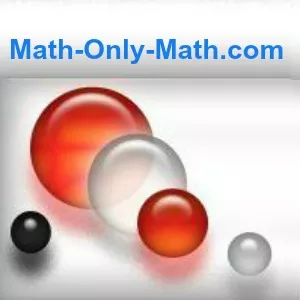
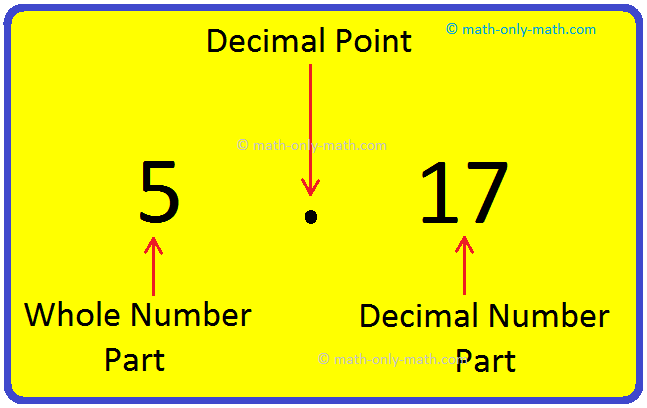
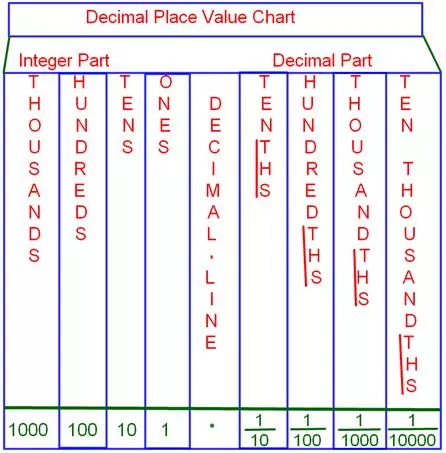
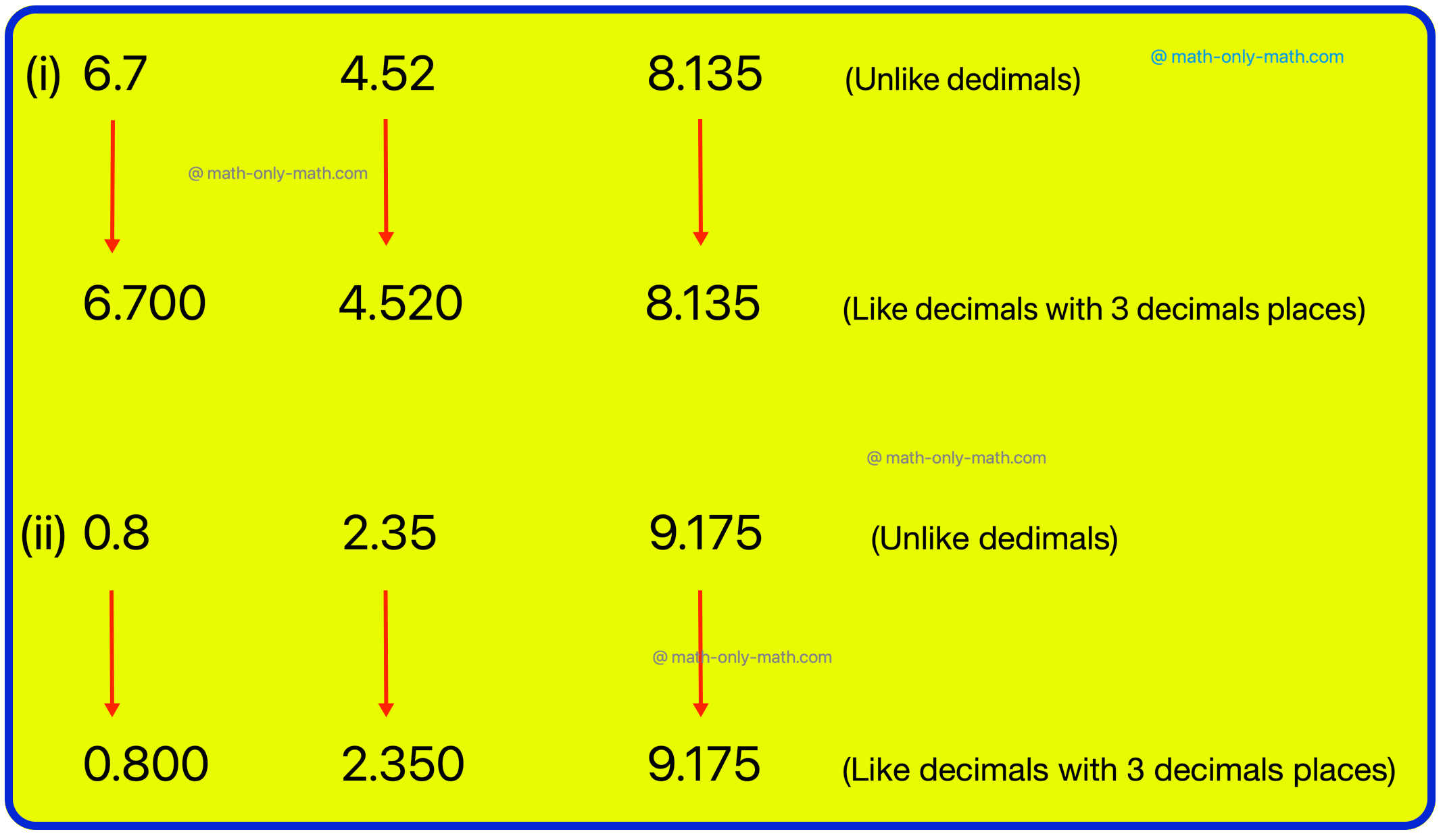



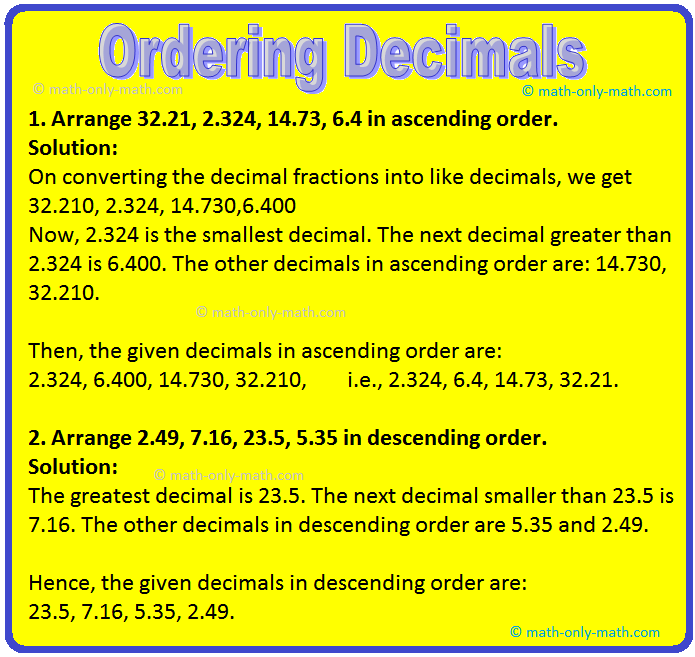



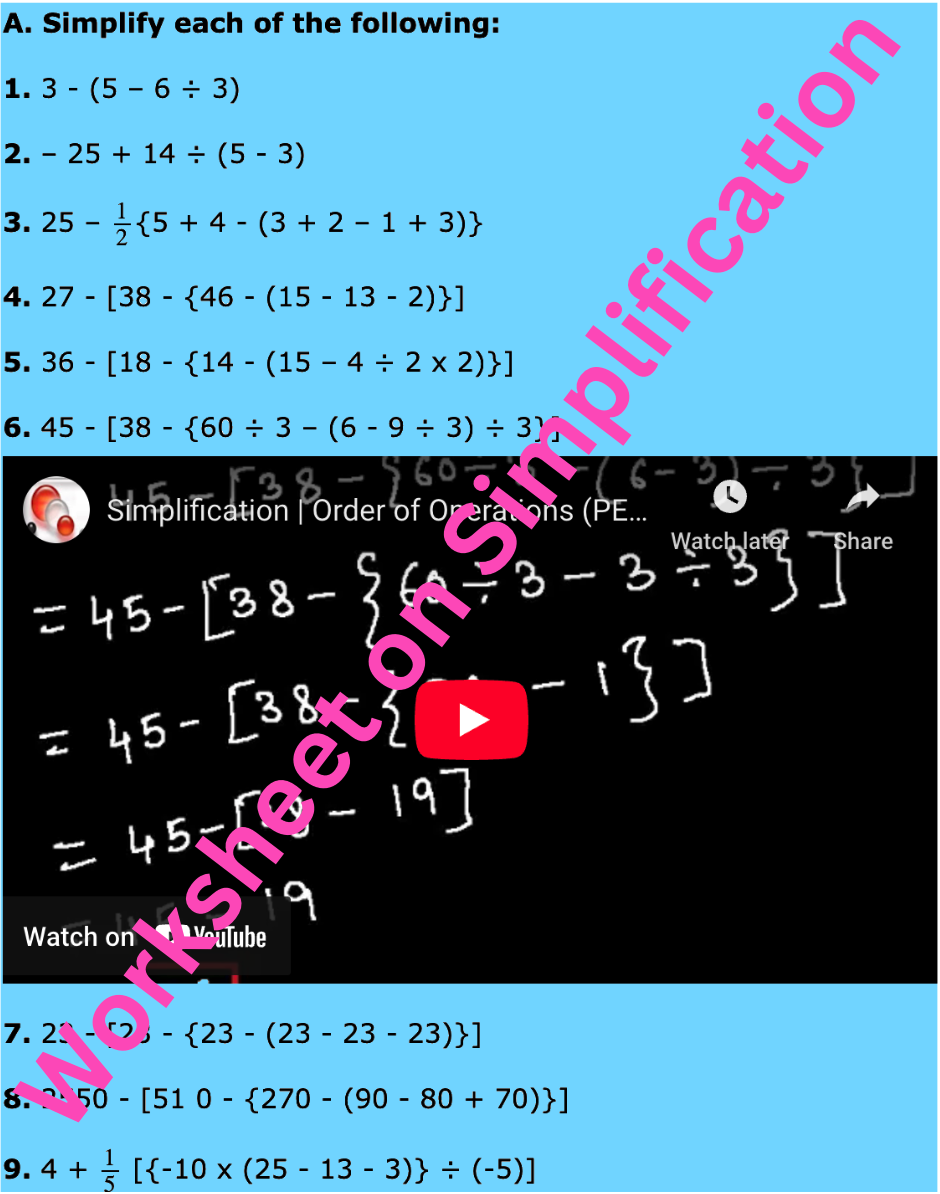

New! Comments
Have your say about what you just read! Leave me a comment in the box below. Ask a Question or Answer a Question.